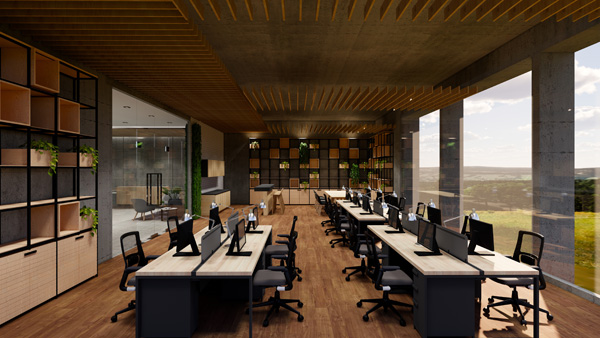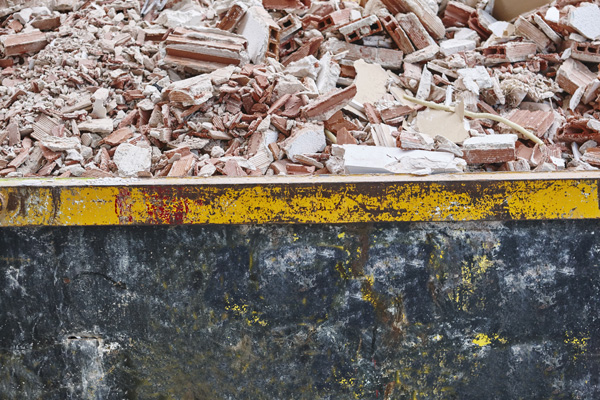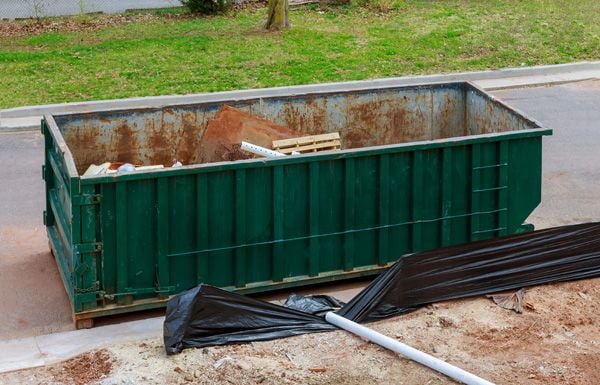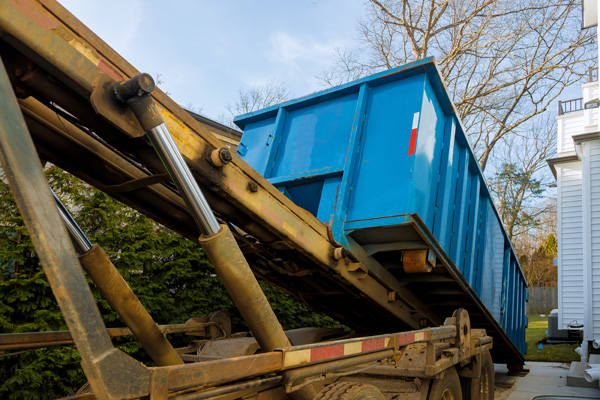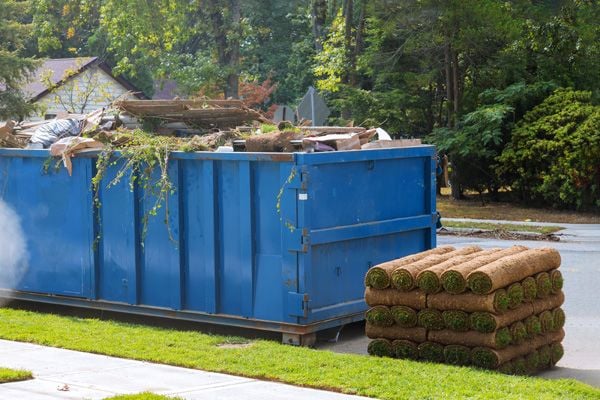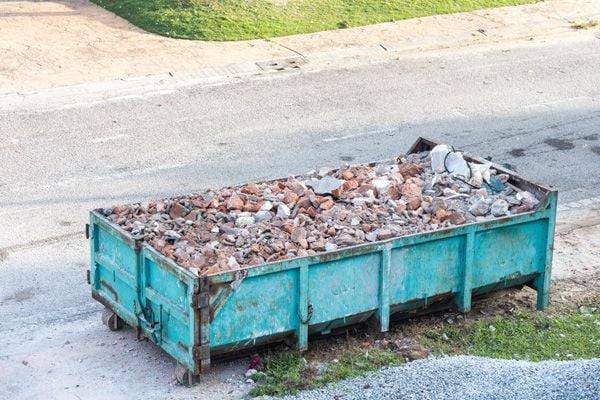How To Rent A Dumpster For A Green Infrastructure Project
Green infrastructure projects are becoming increasingly popular, as they contribute to the improvement of both the environment and people’s quality of life. To effectively complete such a project, it is often necessary to rent a dumpster–a large container that can be filled with debris from construction sites or renovations. This article will provide guidance on how to rent a dumpster for green infrastructure projects. The process of renting a dumpster includes researching rental companies in your area, estimating the size and type of dumpster you need, understanding rental rates and fees associated with renting, verifying insurance coverage and permits, determining the duration of rental time needed, scheduling delivery and pick-up times and ensuring proper disposal practices. It is important to properly research each step in order to successfully plan for all aspects related to dumping waste materials. By following these steps, individuals involved in green infrastructure projects will have an easier time managing their resources while meeting environmental goals efficiently. Regardless of whether one is working on a small residential project or larger commercial endeavor, this guide provides valuable information about how to rent a dumpster for green infrastructure projects. Understanding Dumpster Sizing For Projects Dumpsters come in a variety of sizes and fees. When selecting the appropriate dumpster size for a project, several factors must be considered. One factor is the type of material that will be disposed of during the project; e.g., whether demolition dumpsters are needed or dumpster platforms can suffice. Additionally, dumpster rentals often require an account to be opened with the business prior to any bulk pickup requests being made. This account should include information about the size of container required as well as payment details for rental services. The second consideration when renting a dumpster is location availability and placement restrictions on-site. Dumpsters may need to be placed away from windows or doors to allow for safe movement of large containers throughout the duration of their use at the site. They may also have certain limitations concerning proximity to other structures such as buildings, trees, or power lines; this all needs to be taken into account before choosing a suitable spot for delivery of the rented equipment. Finally, it is important to research local regulations regarding waste removal policies and disposal costs associated with different types of materials being collected by these services so that they can adequately plan their projects accordingly without incurring additional expenses due to violations or improper handling/disposal methods. With sufficient preparation, businesses can ensure that they get exactly what they need while avoiding unnecessary financial burdens related to renting dumpsters for green infrastructure projects. Benefits Of Green Infrastructure The benefits of green infrastructure projects are numerous. For example, the city of Seattle recently implemented a green roof project on top of its City Hall building, which will reduce heat in the building and prevent stormwater runoff from entering nearby streams. Green infrastructure can also help to manage yard waste, food waste, horse manure, and other natural materials that may otherwise be disposed of as regular trash or sent to landfills. This is why many cities have adopted green waste container programs for residential areas – they provide an economical way to dispose of organic material while still protecting our environment. Green roofs can also lead to energy savings due to improved insulation and reduced air conditioning costs. Additionally, green infrastructure projects often make use of natural materials such as plants and trees, creating attractive outdoor spaces that benefit local communities by providing places for recreation and relaxation. By installing these types of systems within urban environments, we are able to create a more sustainable future. In addition to their environmental benefits, green infrastructure projects can offer economic advantages as well. For instance, implementing water collection methods such as rain barrels or cisterns can result in significantly lower household water bills by reducing reliance on municipal sources. Furthermore, utilizing locally sourced materials helps support the local economy by keeping money circulating within the community rather than being exported elsewhere. Why You Need A Permit For A Dumpster When planning a green infrastructure project, it is important to consider the need for temporary dumpsters or roll off containers. In some jurisdictions, local regulations require that these types of containers be used for liquid waste management and green waste pick up. It is therefore essential to contact a container company beforehand in order to discuss what type of permit will be required. The most common permits necessary are those that cover building materials, hazardous materials and access arrangements. The container company can provide additional information on any other specific requirements related to the use of their services as well as details about where they can obtain such permits from the relevant authorities. Additionally, if there are any safety concerns or traffic restrictions due to the size of the container being delivered, then a barricade company may also need to be contacted in order to arrange an appropriate barrier system. In addition, prior approval should always be obtained before renting a dumpster so that all applicable rules and regulations are followed accurately. This ensures that the entire process runs smoothly and helps prevent potential delays which could cause serious issues with regard to meeting project deadlines. How To Request A Permit Requesting a permit for renting a dumpster for a green infrastructure project requires careful consideration. Obtaining the right paperwork, ensuring all hazardous waste is disposed of properly, and meeting insurance requirements are all essential steps to take when requesting permission. It is important to research what type of materials will be stored in the dumpster; heavy materials must be handled by an environmental services company with additional insurance policies in place. In addition, if there are any reverse osmosis plants or purification systems near the site, they must be included on the permit application to ensure that no pollutants enter those systems during construction. Furthermore, it is necessary to review the insurance requirements associated with renting a dumpster; most companies require
How To Rent A Dumpster For A Green Infrastructure Project Read More »


